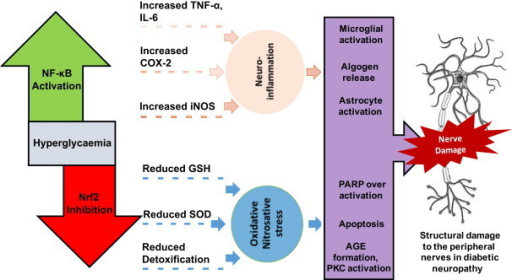File:PMC3757712 gr2 (1).png
Jump to navigation
Jump to search
PMC3757712_gr2_(1).png (512 × 280 pixels, file size: 133 KB, MIME type: image/png)
File history
Click on a date/time to view the file as it appeared at that time.
| Date/Time | Thumbnail | Dimensions | User | Comment | |
|---|---|---|---|---|---|
| current | 17:46, 26 May 2022 |  | 512 × 280 (133 KB) | Ozzie10aaaa | Uploaded a work by Ganesh Yerra V, Negi G, Sharma SS, Kumar A from https://openi.nlm.nih.gov/detailedresult?img=PMC3757712_gr2&query=&req=4 with UploadWizard |
File usage
The following page uses this file:
